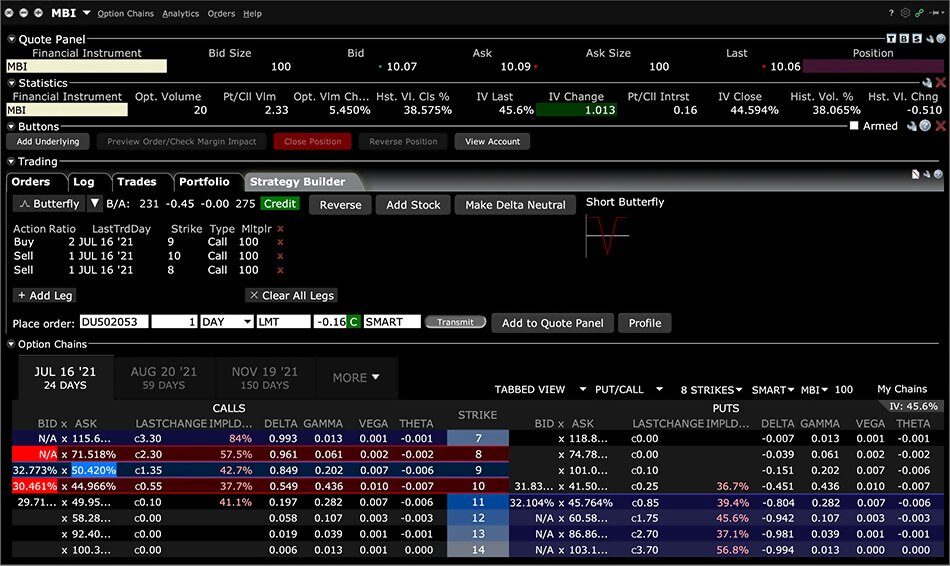
Image: www.interactivebrokers.com
In the captivating world of financial markets, where risk and reward dance together, the concept of the mark holds a central position in the enigmatic realm of options trading. It embodies the essence of market sentiment, representing the prevailing price that buyers and sellers are collectively willing to strike trades at. Understanding the mark and its dynamics is crucial for traders seeking to navigate this intricate landscape successfully.
Delving into the Essence of the Mark
Options, as financial instruments, provide traders with the right, but not the obligation, to buy (in the case of call options) or sell (in the case of put options) an underlying asset at a predetermined price within a specified time frame. At the heart of options trading lies the mark, which encapsulates the fair market value of these rights, taking into account various factors that shape market expectations.
Factors Influencing the Mark
A myriad of variables coalesce to determine the mark of an option contract. These include:
- Underlying asset price: The current price of the underlying asset, such as a stock, index, or commodity, serves as a fundamental driving force for option prices.
- Time to expiration: As the date of expiration approaches, the time value of an option diminishes, influencing its mark correspondingly.
- Volatility: Market volatility, a measure of price fluctuations, plays a significant role in option pricing. Higher volatility increases option premiums, boosting their marks.
- Interest rates: The prevailing interest rate environment affects the opportunity cost of holding an option, thereby impacting its valuation.
- Market sentiment: Trader perception and collective market sentiment sway option marks, reflecting the broader consensus on future price expectations.
The Anatomy of the Mark
The mark of an option encompasses two primary components:
- Intrinsic value: The intrinsic value represents the difference between the underlying asset’s current price and the option’s strike price (the predetermined price set at the time of option creation).
- Time value: The time value reflects the premium paid for the option’s right to buy or sell the underlying asset before expiration. It diminishes over time as the expiration date draws near.
The Mark as a Guiding Star
In the realm of options trading, the mark serves as a pivotal reference point for traders to make informed decisions. It offers insights into:
- Fair price: The mark guides traders towards fair market pricing, ensuring they enter or exit option trades at favorable levels.
- Trading strategies: Leveraging the mark, traders can develop and implement tailored trading strategies that align with their risk tolerance and profit objectives.
- Risk management: Understanding the mark enables traders to effectively manage their portfolio risk, minimizing potential losses while maximizing returns.
Conclusion
The mark in options trading stands as an indispensable metric, shaping the trading landscape and propelling traders towards informed decision-making. Its significance encompasses not only the provision of fair market pricing but also opens avenues for strategic trade execution. By embracing a comprehensive understanding of the mark and its influencing factors, traders can navigate the complexities of options trading with greater confidence and achieve their financial goals.

Image: dailytrademantra.com
What Is The Mark In Options Trading






